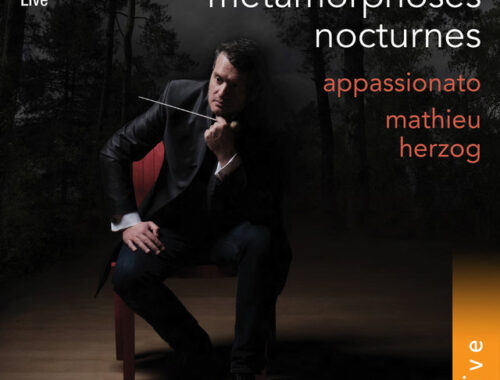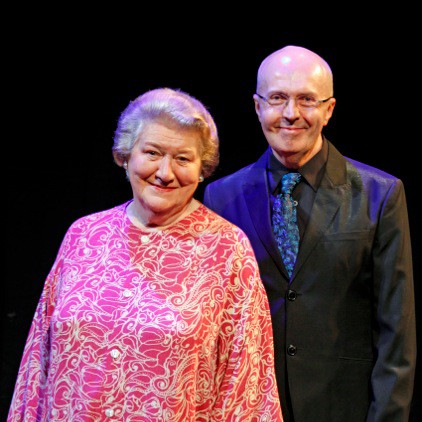TUESDAY 22ND JUNE 2010 MASSENET “MANON”
Royal Opera House
No doubt about national identity when the opening ten minutes or so of the drama is given over to an impatient lust for food and wine. Throw in the women and song and you’ve completed the picture. Jules Massenet was well aware of his priorities when he and his librettists Henri Meilhac and Philippe Gille set down their extravagant (in length and lushness) take on Abbé Prévost’s novel L’Histoire du Chevalier des Grieux at de Manon Lescaut. Puccini found more favour and durability with the same sad tale but Massenet had the measure of its Frenchness in music which revelled in the spirit of La Belle Époque a century-and-a-half after the novel was written.
Laurent Pelly takes just about all his cues from the period and flavour of Massenet’s music – its bold juxtaposition of high-flown romance, tawdry melodrama, and low-brow music-hall is inescapable – but he and his set designer Chantal Thomas effect a bold contradiction in what we hear and what we see. The initially disconcerting starkness of the mis-en-scene (muted back-drops, barely a suggestion of location) is eventually revealed as the big idea that the Belle Époque was entirely in the hearts and minds of the society that created it but that like Manon’s dream it was redundant, an illusion. The assorted ramps, steep steps, and off-kilter proportions of Thomas’ settings are the ups and downs of such transient living.
People and attitudes make society what it is, Pelly seems to be saying, and pleasure for pleasure’s sake, be it sexual or otherwise, is ultimately pointless. His stage society is all prying eyes and judgemental stares; money is in appearances and appearances, as we know, can be deceptive. The character of Manon herself is chronicled in a series of “entrances”: in the first she could be Collette’s Gigi, fresh and pert, in the last she is an ignominious bundle of rags, kicked and spat on by those who feel superior. In between comes the woman of Manon’s fantasies briefly made real – and as Anna Netrebko glided down her virtual catwalk, a pink and white soufflé of sophistication, asking and answering the leading question “How do I look?”, her top-hatted admirers swayed to a man as if her perfume was simply too intoxicating to endure.
In moments like this Pelly seized unashamedly upon the “musical theatre” ambience of Massenet’s score choreographing Manon’s “turn” to perfection and giving Netrebko her kittenish head. Antonio Pappano, too, such a master stylist, made deliciously light of the score’s many divertissements. The obligatory ballet, here given a new twist as the rich and lecherous Guillot de Morfontaine (the excellent Christophe Mortagne) “imports” the corps de ballet from the opera to impress Manon, is a gorgeously cheesy 18th century pastiche. There’s a nasty pay-off to the sequence as Guillot’s chums start manhandling the dancers turning the classically poised into the brutishly uncouth.
Musically speaking Pappano didn’t just shape but defined the evening, not just in the gorgeousness and subtlety of the Royal Opera Orchestra’s playing but in the many stylistic enticements he coaxed from his two young stars. Yes, one would like to have heard a few more French vowels from Netrebko but the vocal characterisation was spot on and the singing not just fabulous but meaningful.
So, too, Vittorio Grigolo’s dashing and thrillingly sung Chevalier Des Grieux, his seductive middle-voice covered to beautiful effect in the many subito shadings in mezza voce. The chemistry between him and Netrebko was, well, steamy in the cassock-ripping Saint-Sulpice scene. I was put in mind of the young Roberto Alagna as Gounod’s Romeo. Yes, Grigolo was that good. As house debuts go it was little short of sensational.


